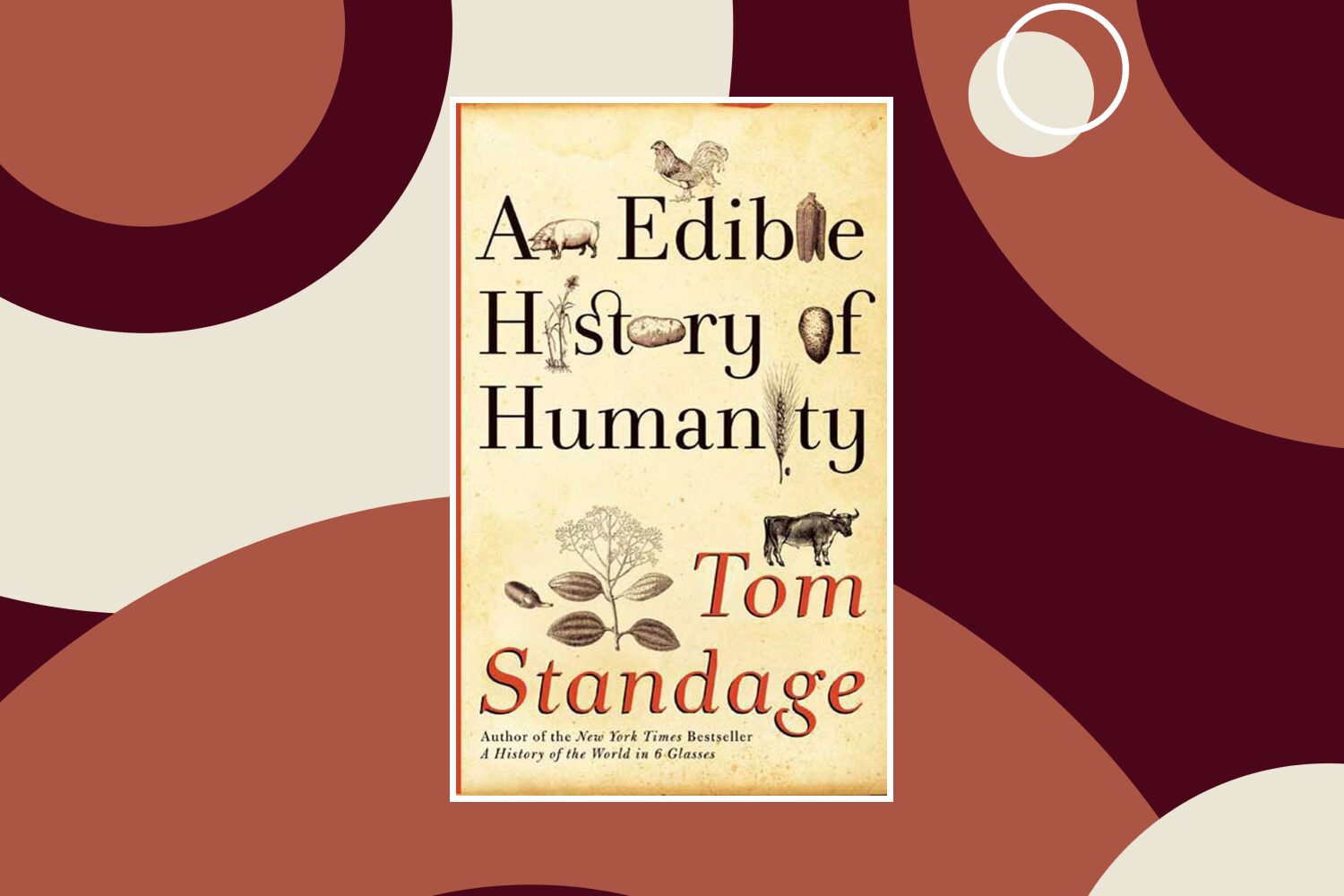Summary: Refrigeration has revolutionized public health and improved the quality of life worldwide, but its future is under threat. The remarkable benefits it brings, such as reducing foodborne illnesses and improving the quality of food, are being undermined by misguided climate change policies that increase costs. This article explains why it is crucial to prioritize the accessibility and affordability of refrigeration and reliable electricity, as they are such powerful keys to human progress.
It is difficult to overstate the benefits of refrigeration. Even more than its technological sibling air conditioning, refrigeration has dramatically improved public health and the quality of life wherever it has become widespread. And unlike air conditioning, the utility of which is questioned in some intellectual circles, refrigeration has few if any critics. Nonetheless, in an age when climate change has become the near obsession of most international policymakers—and given that refrigeration does require a considerable amount of (often) fossil-fuel fired electricity—it is worth highlighting the importance of avoiding measures that threaten its continued spread throughout the world.
The Rise of Refrigeration and Fall of Foodborne Illness
In 2013–2014, salmonella-contaminated chicken from Foster Farms in California caused a known 634 illnesses across 29 states. This major outbreak and recall received substantial press coverage at the time, as have similar ones that have happened. But before refrigeration, such incidents would not have been treated as news; they were an everyday reality.
Along with air conditioning, the United States was the first nation to have a refrigerator in most residences, as well as an extensive cold chain among food producers and wholesalers and retailers upstream of the consumer. Therefore, America provides the longest test case of the public health benefits from having a food supply that can be kept cold as needed. Those benefits are impressive.
It is over the last century that American households went from zero to nearly 100 percent in refrigerator use. Indeed, market penetration was already above 80 percent by the 1940s. Thanks to a fridge in every kitchen, and along with other major advances like pasteurization, food-related illness and mortality have seen a precipitous decline.
Even health outcomes not obviously connected to refrigeration have benefited from it. For example, there is considerable evidence that cancers of the stomach became considerably less common in the United States thanks to refrigerators.
Beyond reducing foodborne illness, refrigeration has also improved the quality of the food supply. This is particularly true for protein sources like dairy, meat, and fish that are quickly perishable without it. It has also enabled wider and year-round availability of fresh fruits and vegetables. These fresh (and also fresh frozen, as sizeable freezer sections have become a standard feature in refrigerators) foods have largely replaced heavily salted or smoked or pickled foods, and thus improved diets.
Lower income households have benefited the most from refrigeration. Not only has the cost of a high-quality diet come down, but the once-considerable expense of food spoilage has been reduced. This is particularly important for those who live in hotter regions.
Given all the health benefits of a safer and better food supply attributable to refrigeration, there is little doubt it has contributed to the considerably longer life expectancies in the United States over the past century. Granted, improved health care has been the main driver of these improvements, including vaccines against many once-common diseases. But even with that, refrigeration has played a vital role in the manufacture, transport, and storage of those vaccines as well as in many other medical applications.
Progress and Challenges toward Global Availability of Refrigeration
Refrigerators started as a luxury good a century ago, but prices have substantially declined since (although it should be noted that the recently growing regulatory burden on appliances in the United States and Europe may undercut this trend). Today, very few kitchens in the developed world are without a refrigerator, and market penetration in the developing world has been robust, particularly over the last three decades.
At this point, equipment cost is a barrier for only the world’s very poorest households. However, United Nations efforts favoring “climate-friendly” refrigerators represent a worrisome trend threatening affordability. For example, many existing refrigerators use refrigerants called hydrofluorocarbons (HFCs) that are considered to have a high per-molecule global warming potential, though their overall contribution to anthropogenic warming is only 3 percent. These refrigerants are now subject to restrictions pursuant to the Kigali Amendment, a United Nations treaty.
Although the Kigali Amendment is more lenient toward developing nations than developed ones, it will nonetheless harm the developing world’s refrigerator buyers in two ways. First, the treaty and implementing provisions will serve to disrupt with the supply of second-hand refrigerators from first-world nations, which are often the lowest cost option in developing nations. In fact, the trade in such refrigerators is now perceived by many in the international community as an environmental threat that needs to be eradicated. Second, the Kigali Amendment will eventually impose restrictions on the types of new systems allowed to be produced in developing nations.
These measures are fairly new and are just beginning to be implemented, so the impact on equipment costs is not yet known. But they will likely raise, at least to some extent, the purchase price of a refrigerator. It does not take much of an increase to have a deleterious impact on market penetration among the world’s poorest households.
Access to Reliable Electricity
While refrigerator affordability is an ongoing concern, the greater obstacle is access to reliable electricity.
The slow march to a completely electrified world is 90 percent complete. We have finally reached the point where most of the developing world has joined the developed world in being electrified, but about 750 million people still don’t have it. Worse, by adding in those lacking access to reliable electricity, the number jumps to 3.5 billion, according to one estimate. In Africa, less than half the population enjoys access to reliable electricity.
An unreliable electricity supply can significantly undercut the advantages of refrigeration, as anyone who has had to clean out the fridge after an extended blackout can attest. More progress on both the availability and reliability of electricity is still needed if the benefits of refrigeration are to become universal.
Once again, the climate change agenda is becoming a growing impediment. Progress on electrification is jeopardized by the United Nations’ Paris Agreement and other measures that target affordable and reliable—but carbon-emitting—coal and natural gas in favor of intermittent and unreliable wind and solar. Doing so threatens to both slow progress in expanding electrification for those who don’t yet have it and to improve reliability for those who do.
Even in the first world where refrigeration has long been nearly universal, there are risks from mandates and subsidies for an increasingly renewables-heavy electricity mix chosen for climate considerations at the expense of reliability. If unchecked, this trend could lead to more frequent blackouts and, thus, backsliding on the refrigeration benefits people take for granted. This is especially so for the summer months when refrigeration is most vital.
Conclusion
Today, a large and growing number of the world’s households, both rich and poor, are able to buy a refrigerator, plug it in, and enjoy the benefits of its uninterrupted operation. This has been an indisputably significant boon to the safety and quality of the food supply and thus to public health. However, ill-advised climate change policy measures are emerging as a real threat to refrigeration’s continued spread. Prioritization of a climate agenda that raises the cost of a refrigerator is likely to do considerably more harm than good and deter the spread of affordable and reliable electricity throughout the world. Refrigeration has been a growing success story for humanity over the past century, but continued progress is now at risk.


